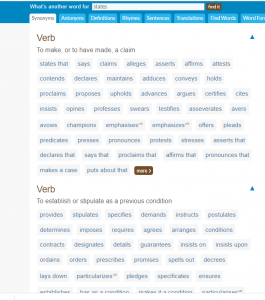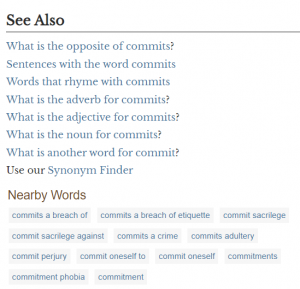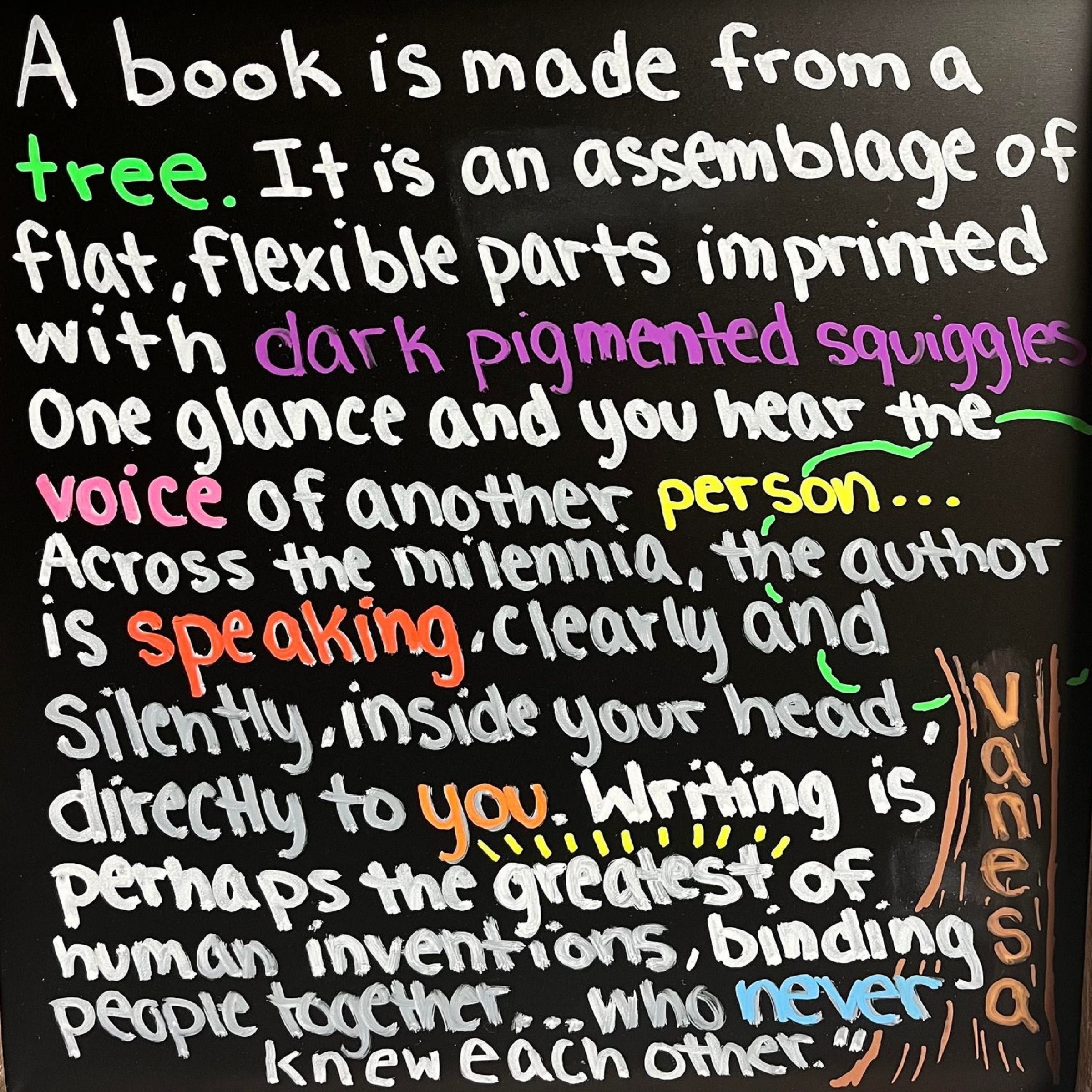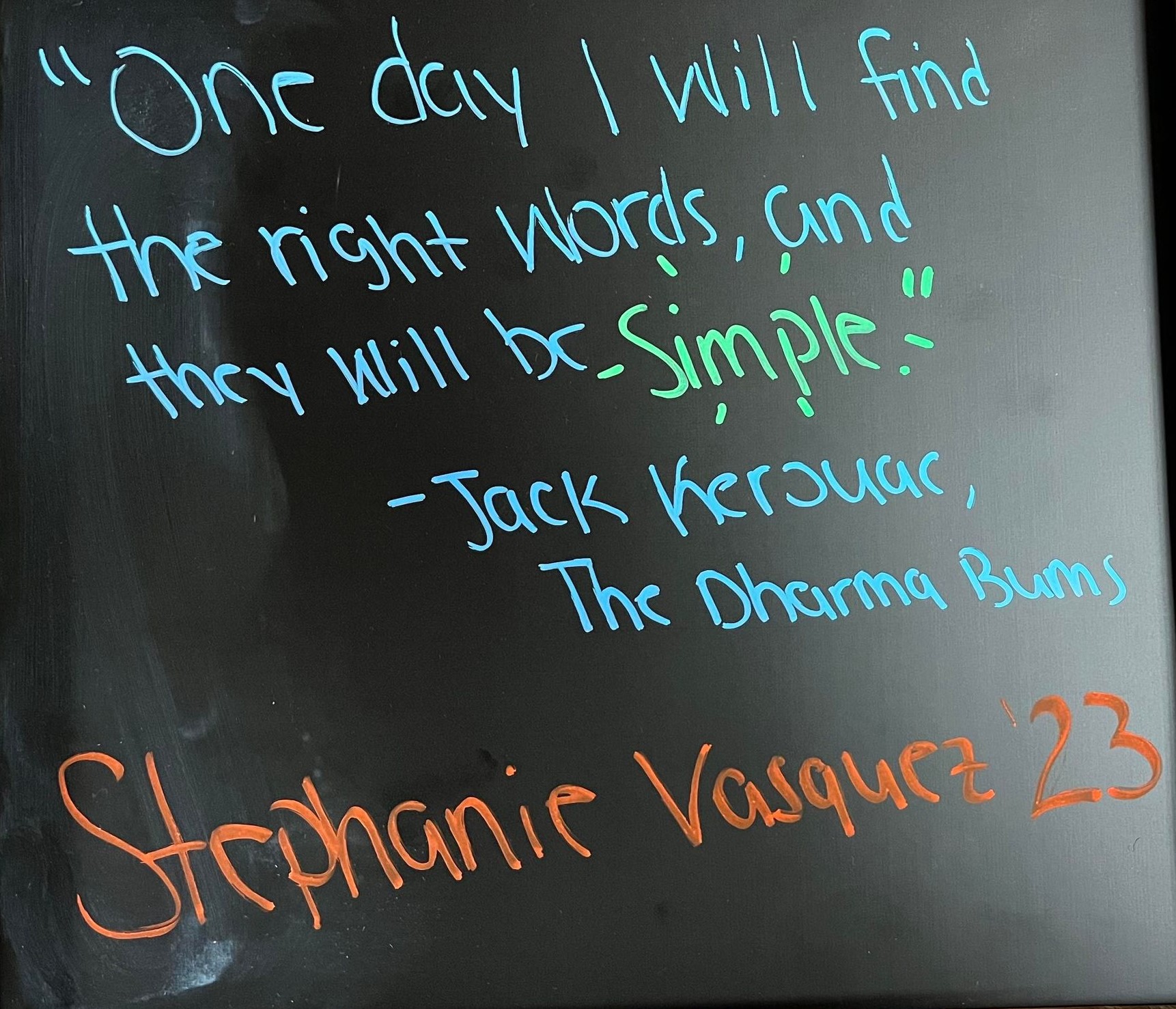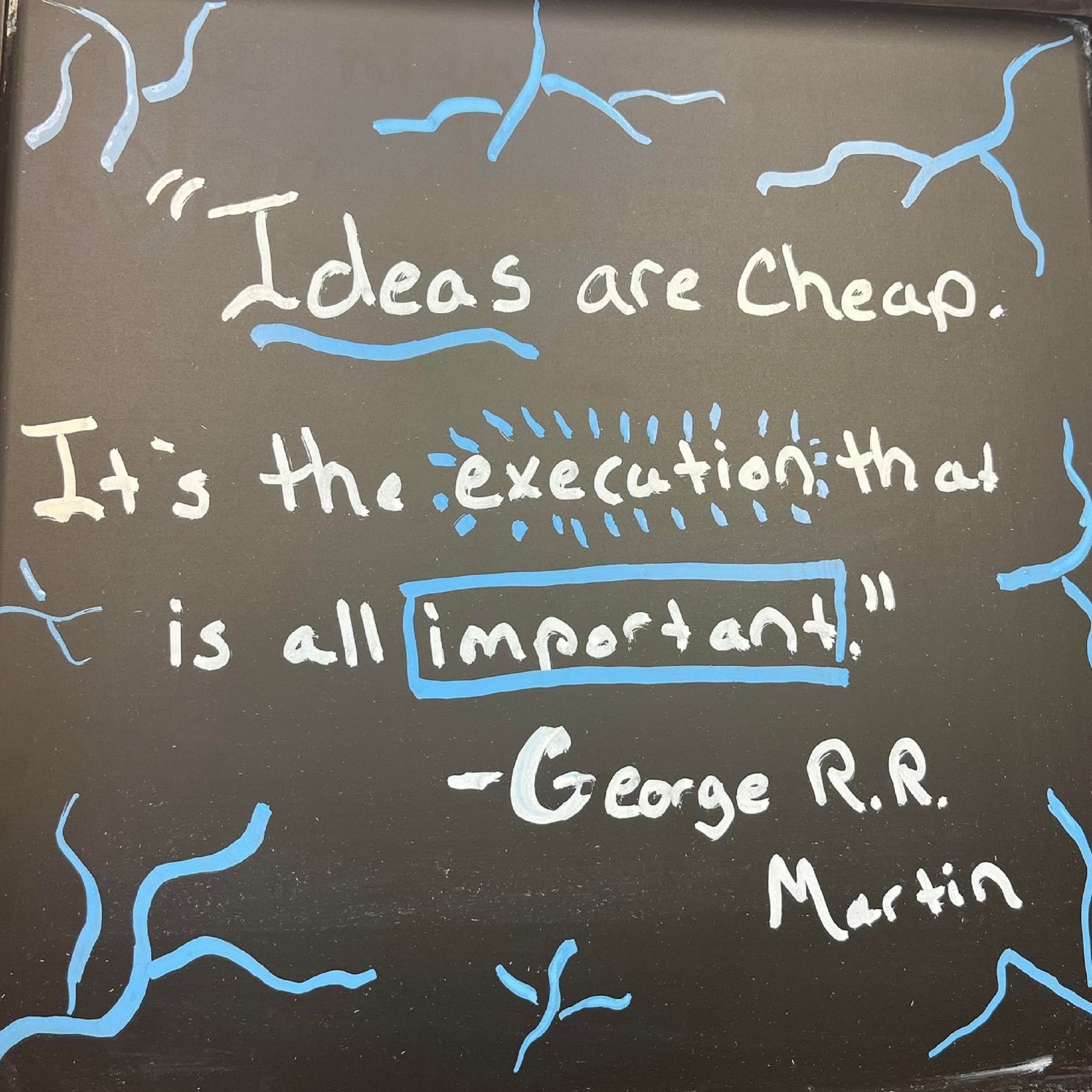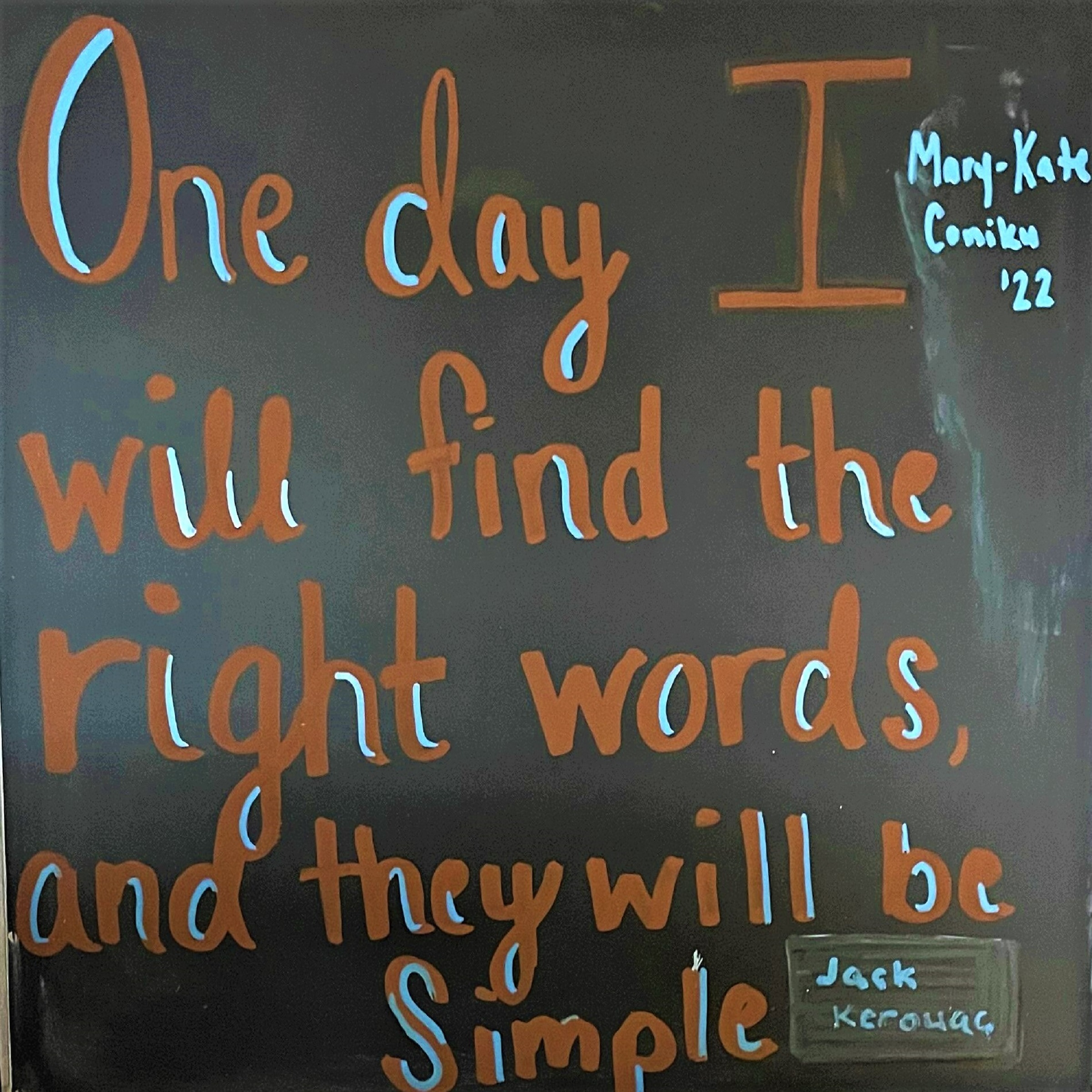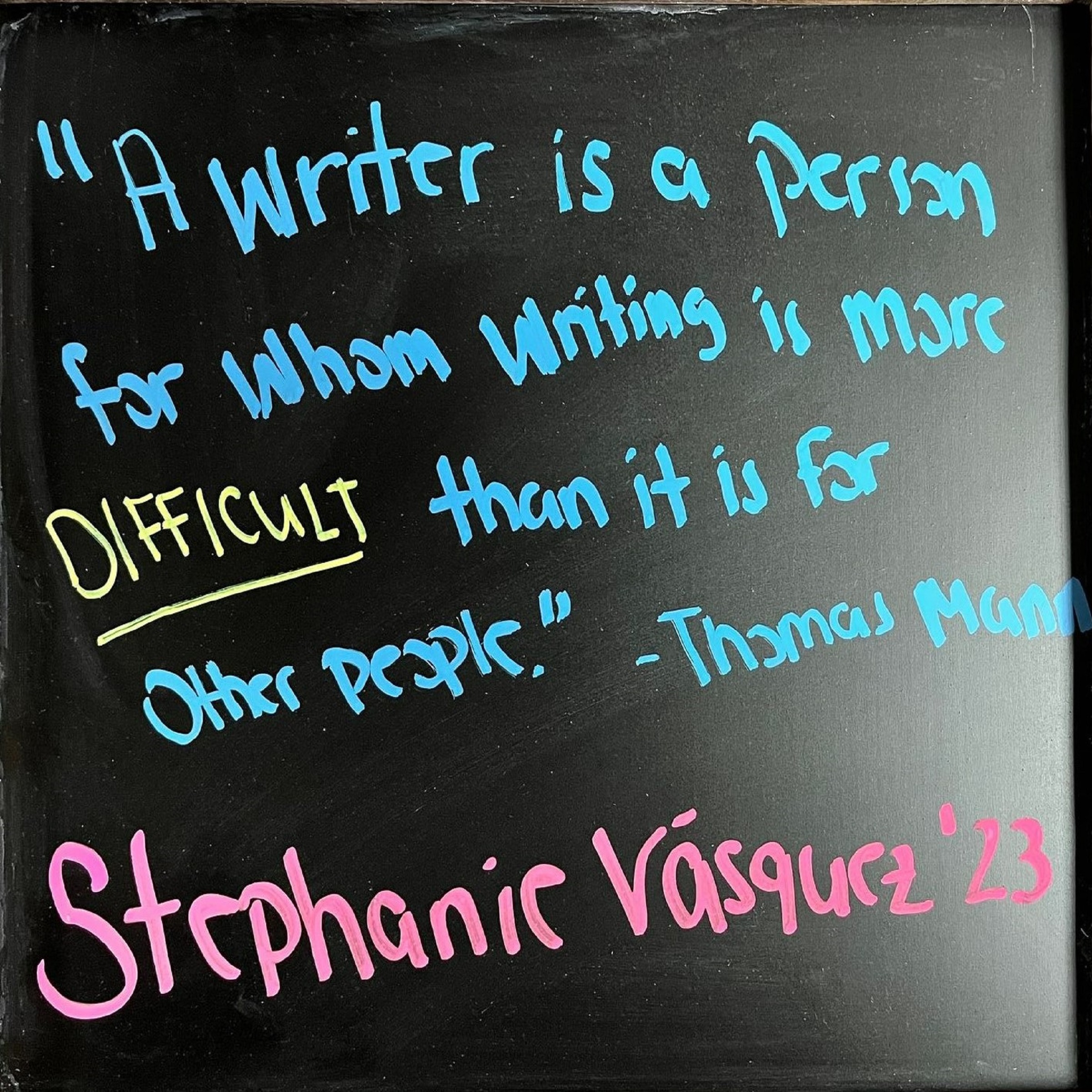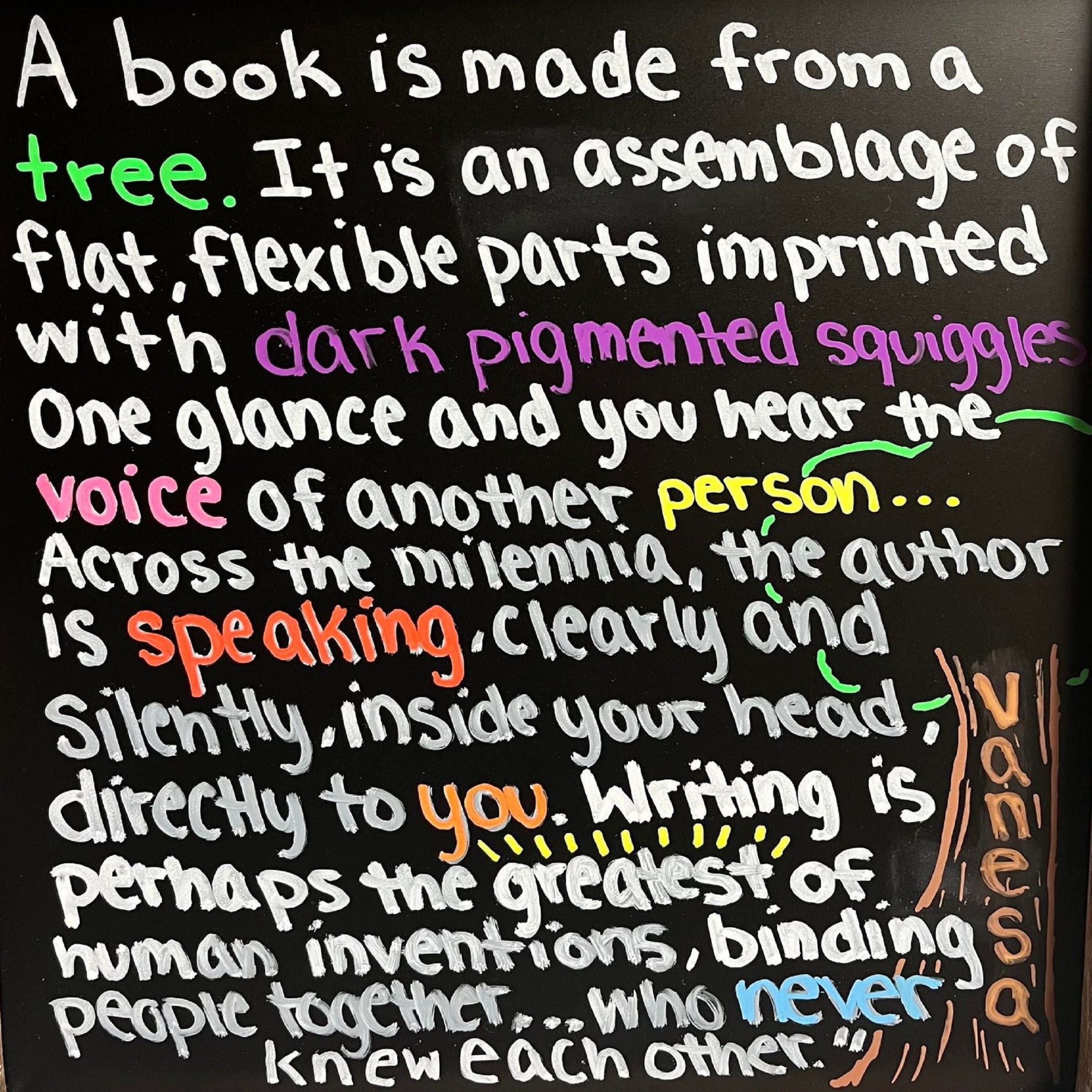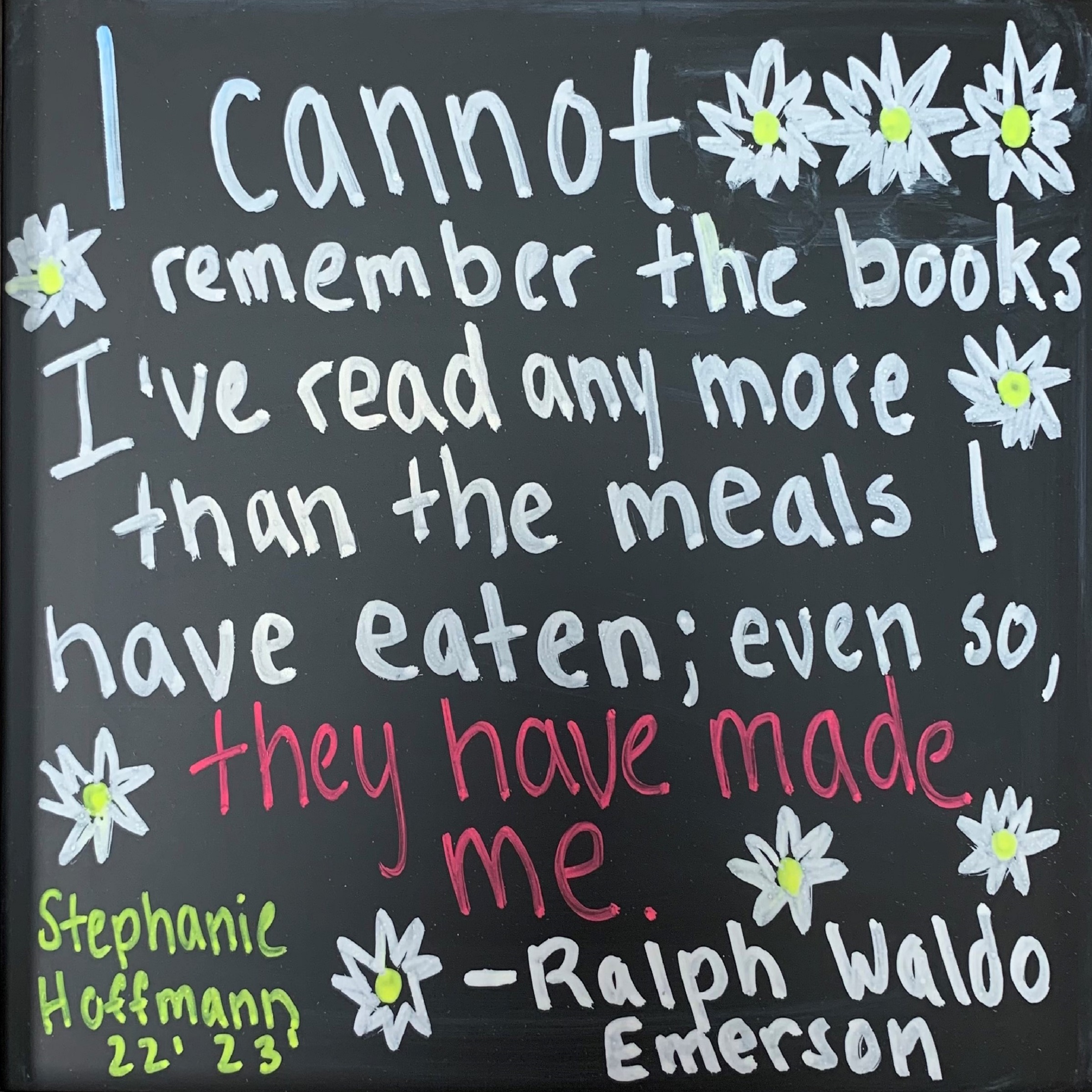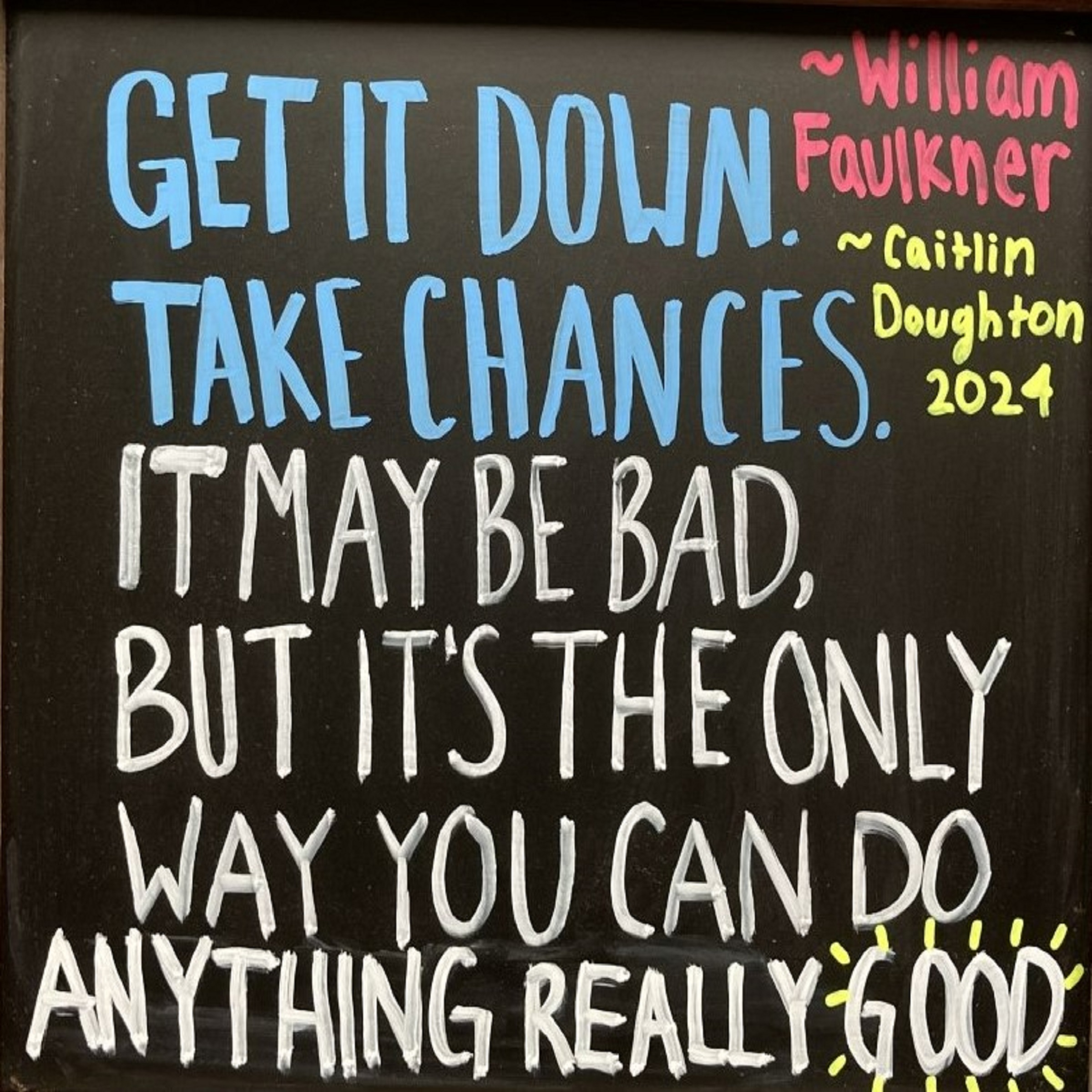Academic Word Lists
Most freshmen find out the hard way that academia feels like a whole new language, and while it’s technically still English, the scholar-specific vocabulary may be unfamiliar and difficult to navigate. Terms that are common topics of conversation in college classrooms—like ideology, cognitive, intrinsic, longitudinal, seminal, and salient—may pose barriers. It may be even more difficult for students to adopt this academic language into their own writing. For that reason, we recommend you check out this webpage. Try not to get overwhelmed when you click the link, because it has several word lists and it may feel like you’re scrolling forever.
However, there’s two portions of the page you should check out and explore the links:
- Academic single word lists: general purpose
- Academic multi-word lists: general purpose
Here you will find multiple lists of frequently used academic terminology as well as phrases, transitions, connectors, idioms, formulaic expressions, and words that are commonly used together in academic settings. It’s a wealth of knowledge, and though the webpage can be a little hard to navigate, it’s worth exploring. These terms can help you feel more comfortable with academic discourse, and they can elevate your academic writing when you weave them into your own work.
